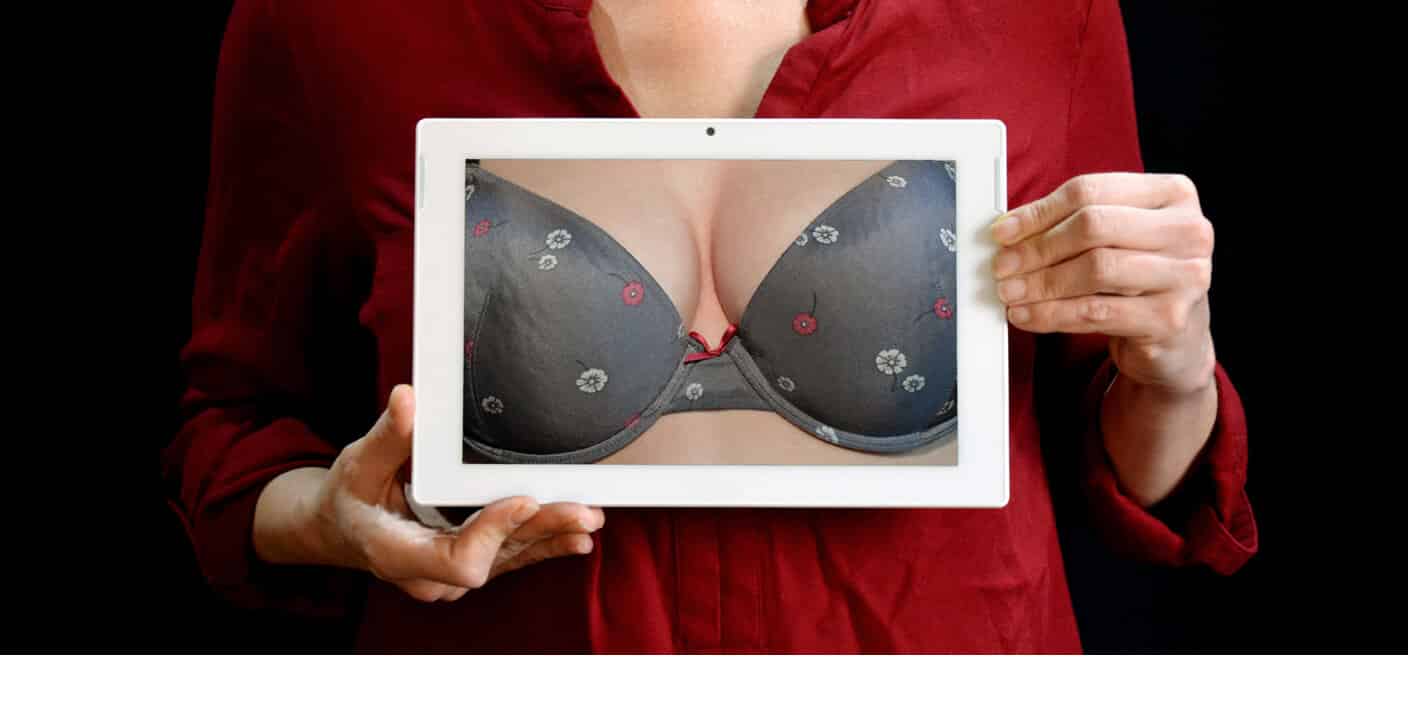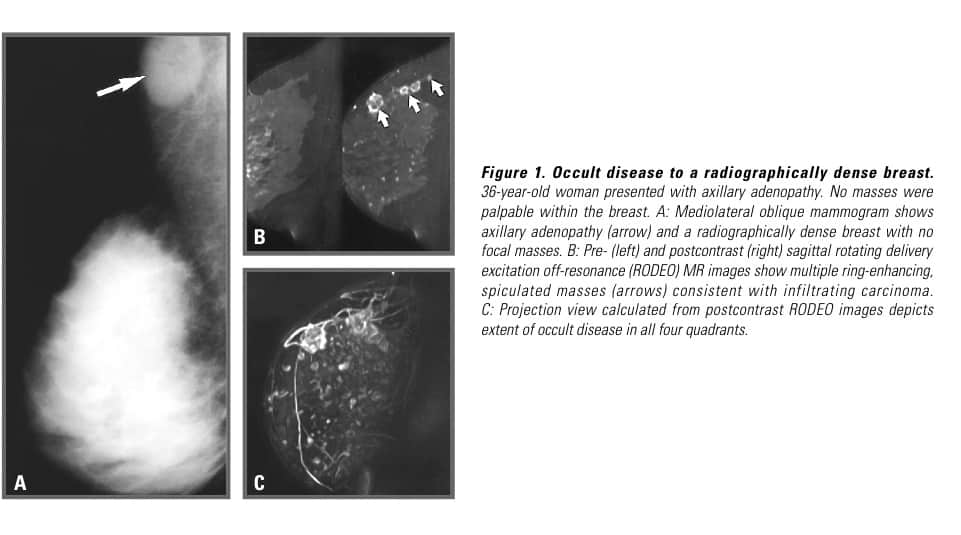 The social impact of breast cancer is enormous, not just because it is the most common malignancy in women and the second leading cause of cancer-related death, but also because it is sporadic in occurrence and often affects women during their most productive years. Early diagnosis and treatment lead to the most successful management of breast cancer, so public health resources have largely focused on early detection programs, including the widespread use of screening mammography.
The social impact of breast cancer is enormous, not just because it is the most common malignancy in women and the second leading cause of cancer-related death, but also because it is sporadic in occurrence and often affects women during their most productive years. Early diagnosis and treatment lead to the most successful management of breast cancer, so public health resources have largely focused on early detection programs, including the widespread use of screening mammography.
♦ Mammography
Mammography is not the ideal screening test, however. While it can often demonstrate cancers before palpation, about 10% of the cancers in the Breast Cancer Detection Demonstration Project study were palpable but not seen on mammography.1 The negative predictive value of mammography…
Treatment Options
A number of treatment options are available for patients with a diagnosis of breast cancer. Most are based on the aggressiveness of the cancer and the extent of disease, which are difficult to determine with conventional imaging and physical examination. Most women prefer breast conservation therapy over…
♦ Lobular Carcinoma
Certain histologic types present particular problems. Lobular carcinoma accounts for only…3
♦ Ductal Carcinoma in Situ
The widespread use of mammographic screening has resulted in increased detection of ductal carcinoma in situ (DCIS). Before mammography, DCIS accounted for fewer than…
♦ Neoadjuvant Chemotherapy
Women with larger breast cancers are now treated with neoadjuvant or induction chemotherapy. Neoadjuvant chemotherapy was initially confined to women with locally…
♦ Familial Breast Cancer
Familial breast cancer accounts for about 10% of all cases. The recent commercialization of genetic testing for breast cancer has raised new societal issues. Because the risk of breast cancer development approaches…
♦ Additional Categories
Additional categories of patients with increased risk of breast cancer are also being routinely imaged with…
Imaging Evaluation
The approaches to breast MR fall into one of two extremes, depending on the application. For staging purposes, most centers recommend…
♦ Dynamic Imaging Approach
The dynamic approach sacrifices spatial resolution for speed. Multiple images are acquired following…
♦ PET and SPECT
PET using FDG and SPECT using technetium-99m sestamibi have been used to detect, stage, and monitor breast cancer. These modalities take advantage…
Discussion
Mammography remains the method of choice for screening asymptomatic patients. For symptomatic patients with difficult mammograms or highly suspicious clinical findings and negative mammograms…
♦ Needle Biopsy
Although breast MR is often performed in Germany to improve the imaging specificity prior to biopsy, this use is not widespread in the U.S. Needle biopsy has limited use…
Conclusion
This article was edited from Clinical Breast MRI by the same author. The unabridged version, including all images and references, is available at the Apple iBooks Store or see ad this page. More articles related to women’s health issues here.
REFERENCES
- US Preventive Services Task Force. Screening for breast cancer: U.S. Preventive Services Task Force recommendation statement. Ann Intern Med. 2009 Nov 17;151(10):716-26, W-236
- Drukteinis JS, Gombos EC, Raza S, et al. MR imaging assessment of the breast after breast conservation therapy: distinguishing benign from malignant lesions. Radiographics. 2012 Jan-Feb;32(1):219-34.
- Fortune-Greeley AK, Wheeler SB, Meyer AM, et al. Preoperative breast MRI and surgical outcomes in elderly women with invasive ductal and lobular carcinoma: a population-based study. Breast Cancer Res Treat. 2014 Jan;143(1):203-12.
